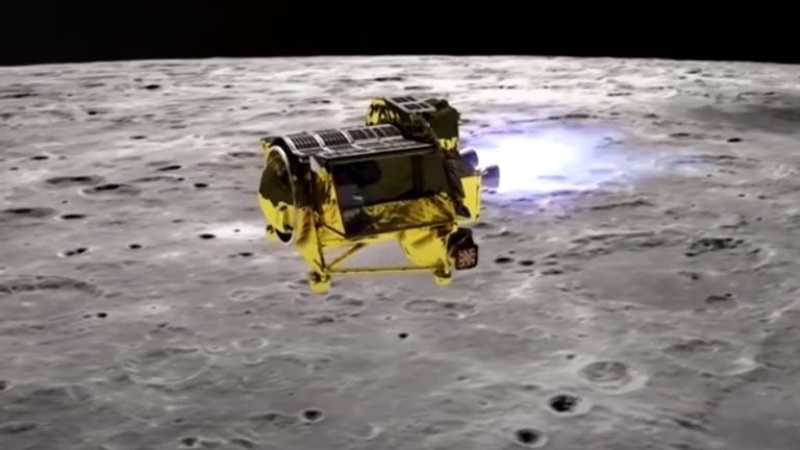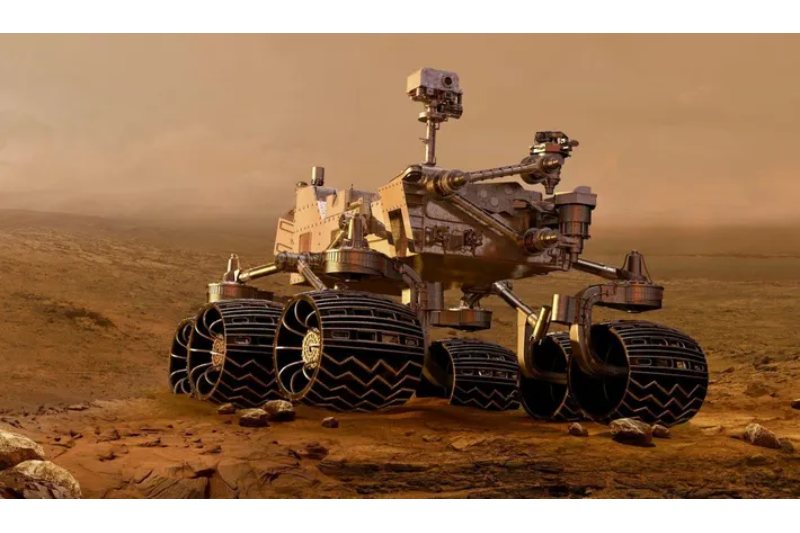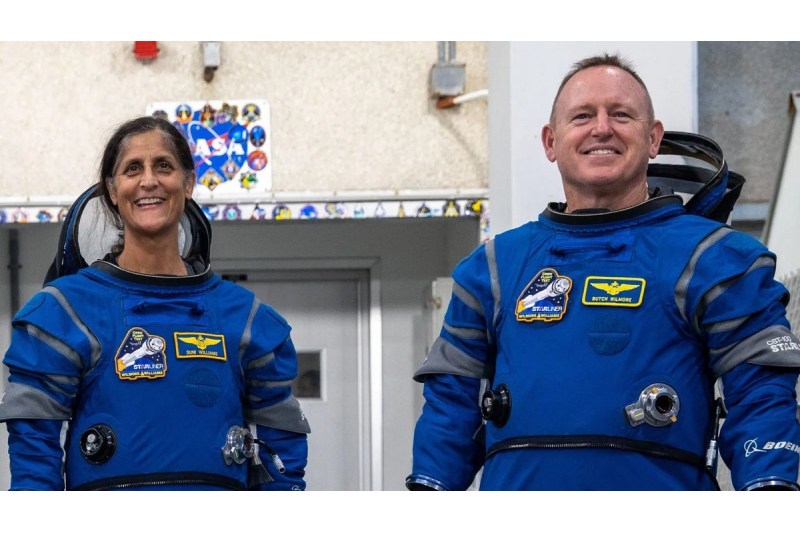Surprisingly, Japan’s spacecraft, which landed close to the Moon’s equator last month with unparalleled precision, made it through the hard lunar night and resumed communication with Earth. The Japanese Space Agency (JAXA) reports that on Sunday, a command was transmitted to the Smart Lander for Investigating Moon, or SLIM, and a response was received.
The extreme cold of the moon night, when temperatures can plunge below minus 130 degrees Celsius, was not intended for SLIM to withstand. According to Shinichiro Sakai, project manager for SLIM, JAXA’s engineers were still optimistic that the spacecraft would survive the night, but its return message was “a nice surprise”. “We knew that some of NASA’s Surveyors survived, so we felt we should also have some chance,” he explains.
He thinks the solar panels, onboard computer, and communications system of the lander are operational. Later, JAXA revealed on social media that it was making an effort to capture fresh photos using a multiband spectroscopic camera, which is used to examine the makeup of rocks.
For Slim, it has been an exhilarating experience. Even though SLIM landed successfully on its intended course, JAXA lost communication with it for a few days after it rolled over. Its solar panels facing the wrong direction meant that by the time lunar darkness arrived, it would barely have enough energy to take a picture and send it home. On Thursday, SLIM will witness its next lunar sunset.
Extreme heat also becomes an issue for SLIM during the lunar day. Its radio circuitry quickly overheat when the Sun is high, so Sakai says the crew will have to wait until later in the week for the temperature to drop before resuming scientific research.
Because electronic circuit boards are made of multiple materials, each of which contracts at a different pace, they are susceptible to failure when exposed to extreme heat or cold, according to Simeon Barber, a planetary scientist at Open University in Milton Keynes, UK. According to him, “It can generate significant twisting and stretching forces, and cause components or joints to crack or be pulled apart.”
Landing position problems beset both SLIM and the US spacecraft Odysseus, which made history last week as the first privately built Moon-lander to successfully perform a soft landing. According to Barber, “landing on the moon is as difficult as it has always been.”
The two most recent spacecraft are limited in size and technology since they were constructed under a number of restrictions, chief among them being cost. He claims that although “The two landers got almost everything right, but went awry at the last moments,”
But the teams have gathered a wealth of information that will guide their future efforts. According to Barber, “The best way to land successfully is to keep trying and to learn from previous attempts,”



